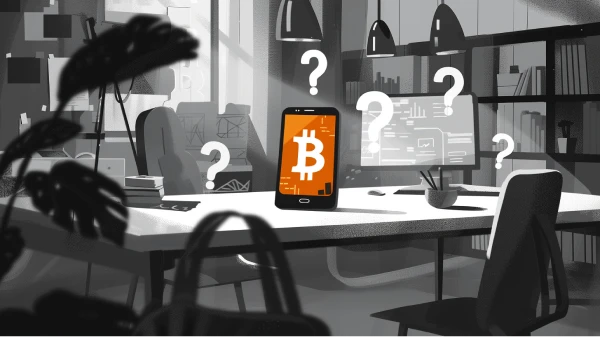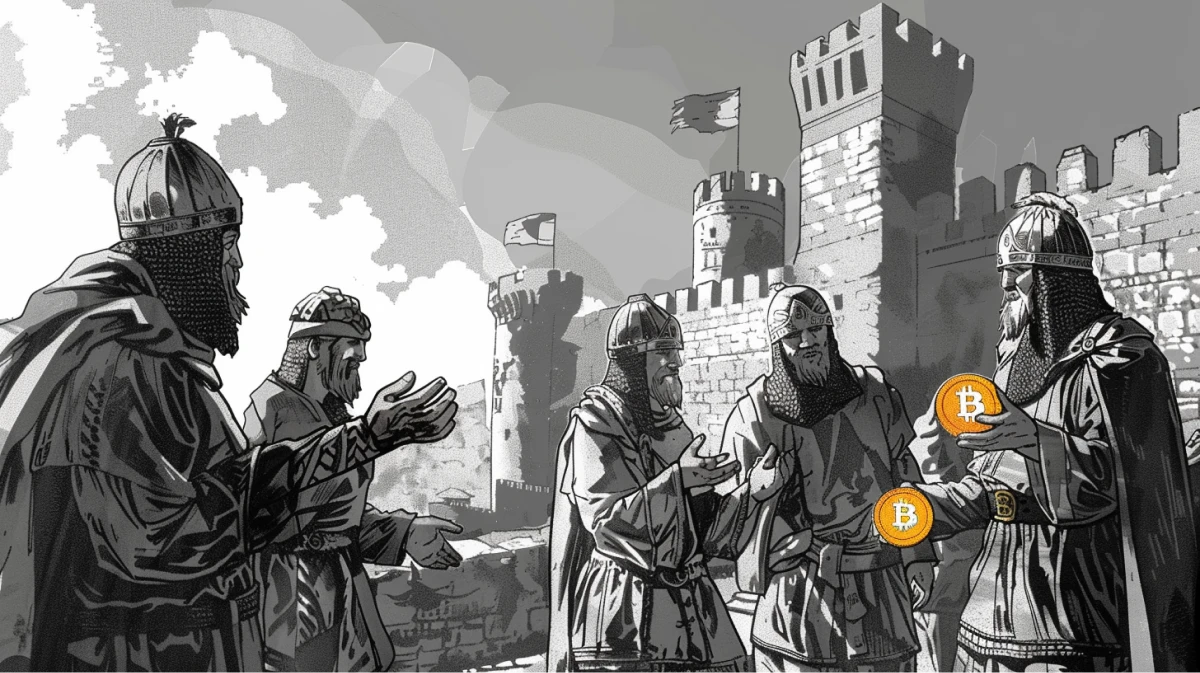What Is Blockchain?
At its simplest, a blockchain is a database, a way of storing digital information. A blockchain is made up of smaller collections of data called blocks, and each block contains data—in Bitcoin’s case, transactions.
Blockchain is unique from other data structures, such as SQL databases, Excel spreadsheets, or text files, because a blockchain can be used to establish trustless consensus between decentralized parties. In this way, blockchain solves the Byzantine Generals Problem.
A properly run blockchain is append-only, meaning that data can be added, but existing data cannot be altered or deleted. The blocks in a blockchains are assembled in a linear, chronological order. This allows all nodes to verify which bitcoin are available for spending at any point in time, solving the Double Spend Problem.
Excel spreadsheets do not have these features: a spreadsheet could not be used to operate a decentralized financial system; there would be no way of trusting what was written, since anyone could edit the spreadsheet. However, when miners anonymously write data to a blockchain, that data can be verified by all members of the network.
As an append-only database, blockchain can underpin trustless, decentralized consensus systems that were previously infeasible. Most importantly, it enabled the creation of the world’s first and only trustless, verifiable monetary network, Bitcoin.
➤ Learn more about blockchain.
What Is Bitcoin?
Bitcoin is a digital asset, a token that can be transferred in a peer-to-peer fashion. Bitcoin is also a decentralized network. The Bitcoin network is composed of tens of thousands of computers, called nodes. Nodes communicate over the internet to share information with one another.
The Bitcoin network is used to support the trustless transfer of bitcoin, the digital asset. In order to maintain consensus, nodes must collectively decide which transfers of bitcoin are valid. Since a blockchain is capable of establishing consensus in a trustless, decentralized system, it makes sense that Bitcoin uses a blockchain to record all Bitcoin transactions.
How Bitcoin Uses Blockchain
Blockchain was invented to make Bitcoin possible. The blockchain is merely a tool engineered to solve the Double Spend Problem and the Byzantine Generals Problem. These two problems were previously the main impediments to an open, decentralized monetary system, and with the invention of blockchain, they were eliminated.
The Bitcoin network uses the blockchain as a ledger to organize the history of all transfers of bitcoin. This ledger is publicly visible, allowing anyone to verify that it has not been corrupted and that bitcoin is not double spent.
Each Bitcoin node stores a full copy of the Bitcoin blockchain, and nodes communicate among themselves to ensure that all nodes stay up to date with the latest changes to the blockchain. When a new transaction is broadcast, or a new block is added to the blockchain, nodes relay that information to other nodes until the entire network is informed.
Nodes do not rely on trusted third parties to tell them whether transactions are valid or not. Instead, they independently validate the blocks and transactions they receive using the rules of the Bitcoin network.
Other Use Cases for Blockchain
Blockchain was invented for the purpose of establishing consensus for the Bitcoin network. However, many individuals have since attempted to apply blockchain to fields other than money, including supply chain tracking, voting, healthcare, internal settlement for banks, and more. Such projects caused much excitement and raised large sums of investment, but ultimately, they all misperceived the purpose of blockchain, and thus misapplied the new technology to solve problems it was not meant to solve.
Blockchain is a solution to the Byzantine General Problem. It allows decentralized, untrusting parties to come to consensus. If blockchain is implemented by a centralized party, such as a corporation or bank, or by a group of trusting parties, such as members of a supply chain, the Byzantine Generals Problem is not present, and thus blockchain achieves very little. In such cases, SQL databases or Excel spreadsheets are likely more efficient.
Key Takeaways
- A blockchain is a database used to store information in batches, called blocks.
- Bitcoin, a monetary network, uses a blockchain to organize its data, including a full history of transactions.
- The blockchain can be viewed as the ledger which records Bitcoin transactions, while bitcoin is the money being transferred on that ledger.


